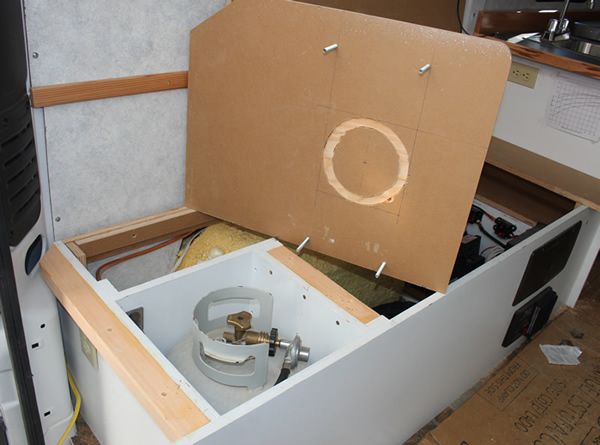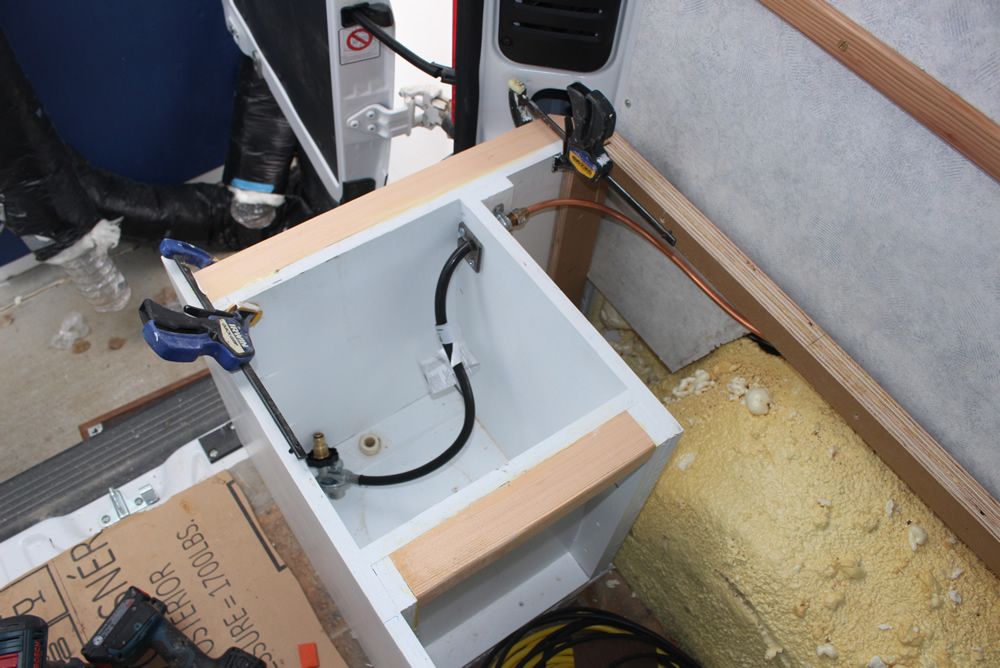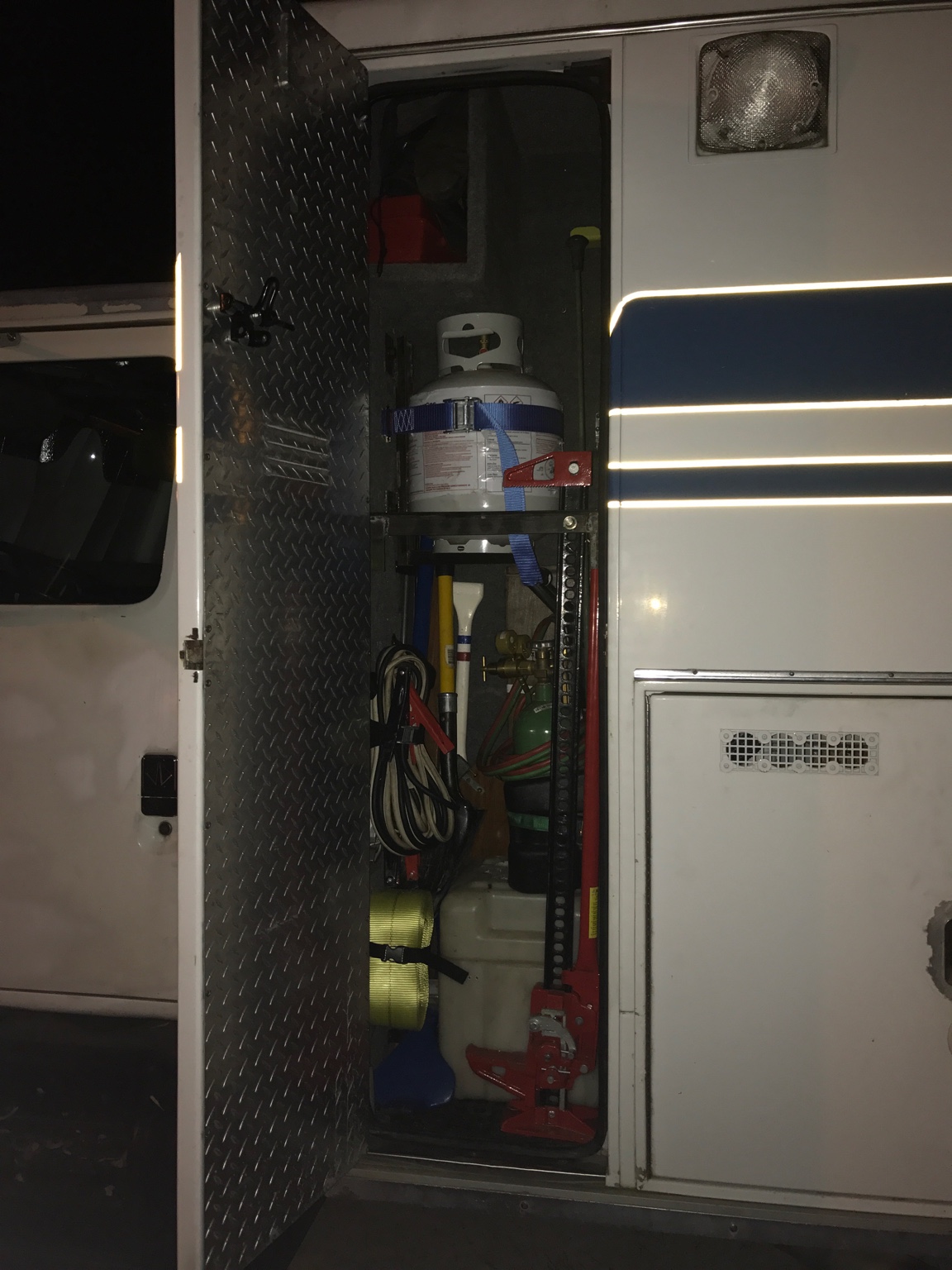Long-term boondocking, or at least not staying in campgrounds, like propane for cooking, heating, maybe one day a fridge.
Shouldn't carry any bottles inside the enclosed space, so looking at
A roof rack
B fixed tank(s) under
or
C hitch-mount rack
My thoughts so far:
A probably relatively cheapest, pretty safe wrt collisions if a quality strong setup, middling theft-resistant, cheap for capacity, low visibility, but reduces mpg, potential wind noise
B most expensive for capacity, safest for collisions, theft-proof, least visible, silent, little vehicle performance change
C middling expensive, potential nightmare in a collision, susceptible to theft, lose access to hatch, awkward parking
Shouldn't carry any bottles inside the enclosed space, so looking at
A roof rack
B fixed tank(s) under
or
C hitch-mount rack
My thoughts so far:
A probably relatively cheapest, pretty safe wrt collisions if a quality strong setup, middling theft-resistant, cheap for capacity, low visibility, but reduces mpg, potential wind noise
B most expensive for capacity, safest for collisions, theft-proof, least visible, silent, little vehicle performance change
C middling expensive, potential nightmare in a collision, susceptible to theft, lose access to hatch, awkward parking














































































